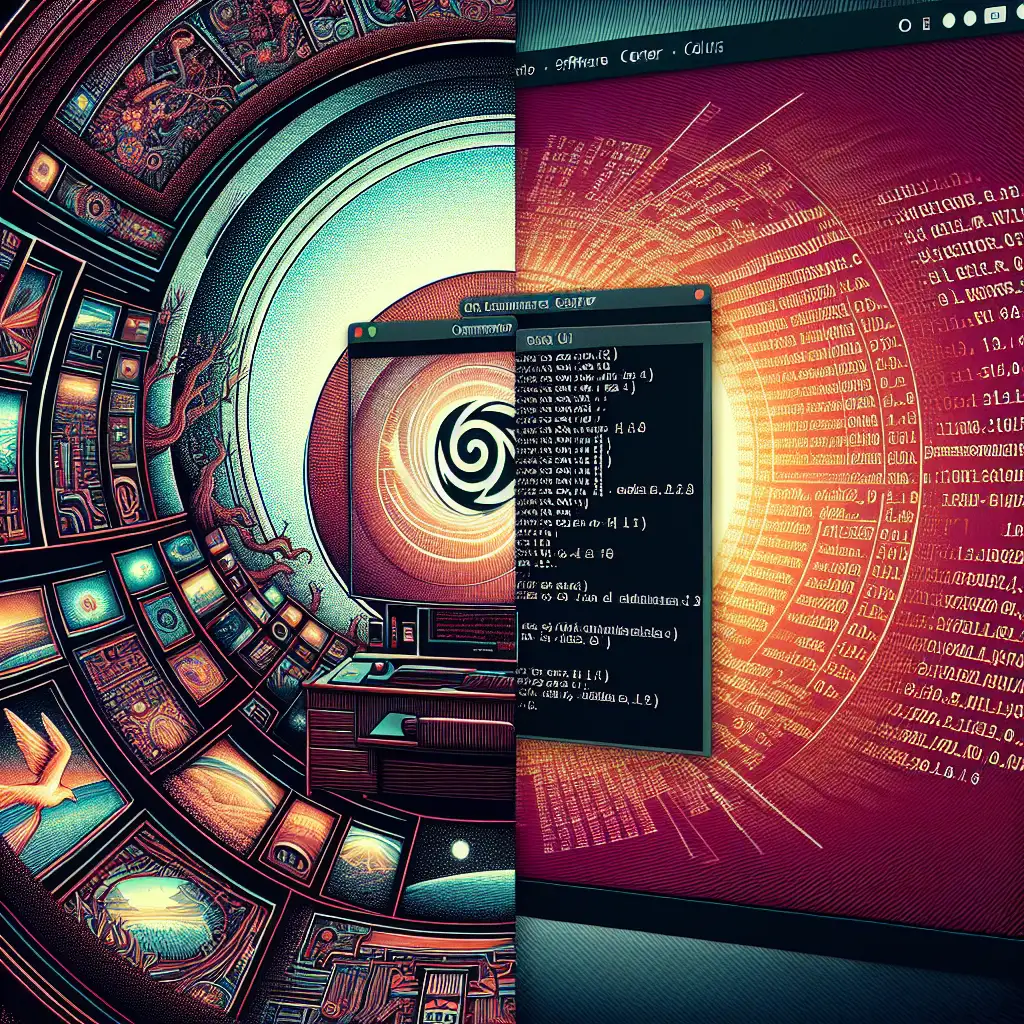Mastering Software Installation on Ubuntu: Unlocking Efficiency Beyond GUI Methods
Forget the Click-and-Wait: Why relying solely on Ubuntu’s GUI Software Center limits your control and efficiency—explore command-line power and under-the-hood tricks that seasoned sysadmins use.
Ubuntu’s Software Center is friendly, visually appealing, and straightforward. But if you’re serious about managing your system efficiently, relying only on the GUI is like driving a race car in first gear. Unlocking the full potential of Ubuntu’s software installation methods lets you tailor your environment, troubleshoot issues faster, and automate repetitive tasks with ease.
This post dives into how to install software in Ubuntu beyond the GUI—exploring the command-line package manager APT, universal packages like Snap, and handling third-party .deb files to maintain fine-grained control over your system.
Why Go Beyond Ubuntu’s Software Center?
- Speed: Command-line installs are faster without waiting for GUI animations.
- Transparency: See exactly what commands are run, dependencies resolved, and errors encountered.
- Flexibility: Use alternate installation methods depending on software packaging.
- Automation: Script installation or updates across multiple machines without clicking around.
1. Installing Software via APT (Advanced Packaging Tool)
The APT system is Ubuntu’s default package manager. It manages .deb packages from Ubuntu’s official repositories.
How APT Works:
APT fetches packages and required dependencies from online repositories and handles version compatibility automatically.
Installing Software with APT
Let’s say you want to install VLC media player, a common application:
sudo apt update # Refresh local package list
sudo apt install vlc # Install VLC player package
sudo apt updateensures your package cache is fresh.sudo apt install [package-name]downloads and installs the software along with dependencies.
Removing Packages with APT
To remove VLC but keep configuration files:
sudo apt remove vlc
To remove VLC including config files:
sudo apt purge vlc
Searching for Packages
If you’re unsure about an available package name, use:
apt search <keyword>
Example:
apt search backup
2. Installing Snap Packages: Universal & Containerized Apps
Ubuntu supports snap, a packaging format designed to run applications in isolated environments. Snaps bundle everything required for an app to run, enabling installation across many Linux distributions.
Installing Snap Packages
Snaps are installed using the snap command. Let’s install Slack via snap:
sudo snap install slack --classic
The --classic flag allows Slack to access classic filesystem paths outside confinement, which some apps need.
Benefits of Snap:
- Automatic background updates.
- Isolated environment reduces system conflicts.
- Easy rollback to previous versions via snap commands.
Listing Installed Snaps:
snap list
3. Third-Party .deb Package Installation
When software isn’t available in APT or Snap but the vendor provides a .deb installer (like Google Chrome or VS Code), you can manually download and install these packages.
Example: Installing Google Chrome
-
Download the
.debfile from Google Chrome’s website. -
Install it using
dpkg(Debian Package manager):
sudo dpkg -i google-chrome-stable_current_amd64.deb
- Fix any unmet dependencies (common issue after
dpkg -i) with:
sudo apt-get install -f
The -f option fixes broken dependencies by downloading missing packages automatically.
Bonus Tips for Mastery
Add Third-Party Repositories (PPAs)
For more up-to-date or specialized software not in official repos, Personal Package Archives (PPAs) are useful.
Example: Adding the official Git PPA for latest Git versions:
sudo add-apt-repository ppa:git-core/ppa
sudo apt update
sudo apt install git
Combining Multiple Methods in Practice
For a developer workstation setup script — you could combine all these methods programmatically:
#!/bin/bash
# Update system repos and upgrade packages first:
sudo apt update && sudo apt upgrade -y
# Install essential tools via APT:
sudo apt install -y build-essential git curl vim
# Install Docker via snap:
sudo snap install docker
# Download & install VS Code .deb package:
curl -L -o vscode.deb "https://code.visualstudio.com/sha/download?build=stable&os=linux-deb-x64"
sudo dpkg -i vscode.deb || sudo apt-get install -f -y && rm vscode.deb
echo "Setup complete!"
Conclusion: Why Master Multiple Installation Methods?
Relying solely on Ubuntu’s GUI tools leaves you less informed about what happens behind the scenes—how dependencies get resolved or why some apps won’t install cleanly. Powerful CLI tools like APT and Snap give you control, efficiency, and flexibility—qualities every power user should cultivate.
Integrate these command-line steps into your repertoire. Test installs inside virtual machines or containers when possible to safeguard production systems. And if automation is your goal, scripting these commands will save hours in the long run!
Unlock Ubuntu’s true potential by mastering its diverse installation ecosystem—your future self (and sysadmin colleagues) will thank you!
If you found this guide helpful or want specific app-installation walkthroughs on Ubuntu beyond basic methods, let me know! Sharing practical tips empowers everyone to be more confident managing their Linux environments.
